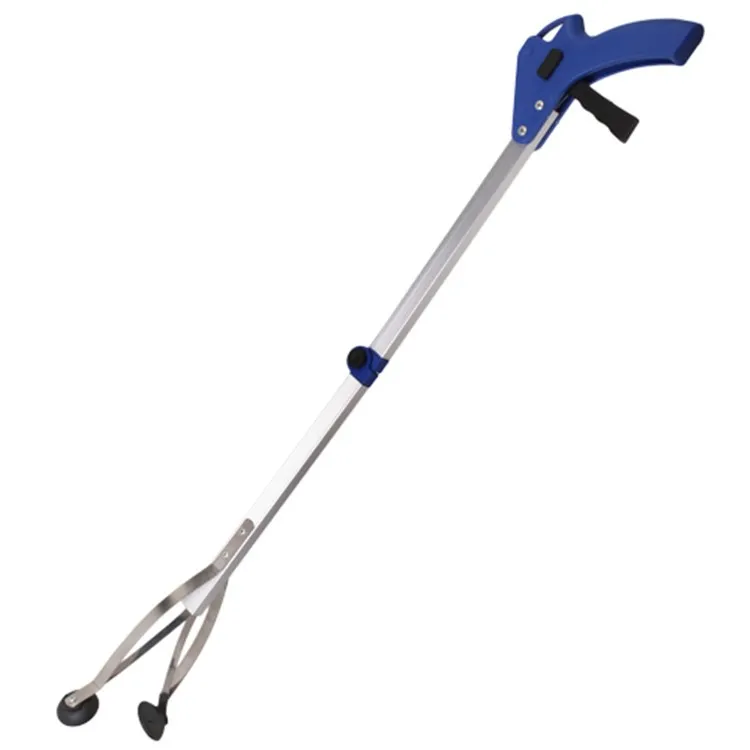

Each of these reachers has its own range. They can pick up big and heavy objects and even tiny ones. All-purpose reachers: are specially designed to pick up all kinds of objects.They have locks at the folds that ensure the reacher does not fold up while in use. Folding reachers: Also popularly known as travel reachers, they can easily be folded and carried around in a backpack.There are six basic types of reachers or grabbers for seniors: Regular work also to make it quicker and easy.People recovering from surgeries or injuries.A person with visual impairment or disability.People suffering from permanent joint pains, Arthritis, back pain, and other body aches.Elderly people who lose their strength and gripping power with age.These grabbing tools and reachers are best for: Our grabbers and reaching tools help people with disabilities and arthritis to reach places easily and to reduce the obstacles related to picking up or keeping things on high shelves or lower places while working.

Who should use the grabber and reach extension tool?Įverybody wants to move comfortably and freely to perform routine tasks.
Available in different colors and sizes. Offers a better hold with a soft rubber-tipped gripper. It helps pick up small to large-sized items very precisely. These mobility aids, for better reach & grasp, come with the following features. The grabbers and reaching tools from our top-selling brands are easy on the hands and to use. Some grabbers fold up to a much smaller size to make it easy to tuck into a shopping bag or store in a closet when you aren’t using it.Top Selling Grabbing Tools and Reachers - Rehab Store Portability is a consideration, as well. If you can, measure the distance to all the areas of your home that you’ll be trying to reach. The length of the grabber also comes into play. This will give you an idea of the variety of items you’ll be able to grab. Pay close attention to the claw range. A magnetic tip on some grabbers comes in handy if you’re lifting metal items like keys or screws. Look closely at this part of a grabber, especially if you’re dealing with mobility issues in your hands. Most operate similarly to the trigger on a gun. The handle comes into play on a grabber, too. Some grabbers are made for handling tasks like turning doorknobs or installing lightbulbs. If you think you’ll use your grabber to lift delicate items like drinking glasses, choose one that has a nonskid grip. This keeps the reacher from weighing you down, but it won’t reduce its lifting capabilities. Many reachers are made from lightweight aluminum alloy. That calls for a grabber with a tight grip to pick up small items like receipts and tissues. Some Good Samaritans use a grabber to pick up litter on their daily walks. Reachers aren’t just for household items, though. With one grabber, you can pick up items weighing as much as 5 pounds or a small item like a pill or a coin. But what’s really improved is the versatility of these devices. Many are now built with nonskid, nonslip surfaces to make it easier to grab onto items. The claws themselves have come a long way in recent years. There are also plenty that have the classic straight design, but with a claw that rotates to help you grab what you need. You can find reachers that bend like an arm to give you extra flexibility when you’re trying to pick up items. If you haven’t checked out these devices recently, you may not realize how advanced they’ve become. 
But for those with mobility limitations, the benefits can become essential to quality of life.Ī grabber can extend your reach by at least a couple of feet beyond the length of your outstretched arm. If you’ve ever grabbed a chair or step stool to get something from an out-of-reach shelf, you know the benefits of an extended arm.







 0 kommentar(er)
0 kommentar(er)
